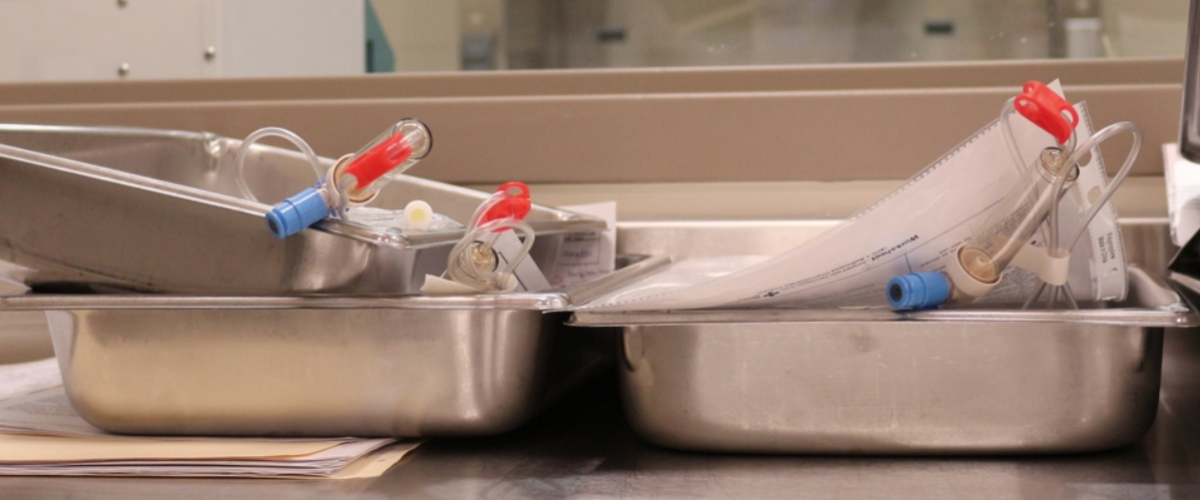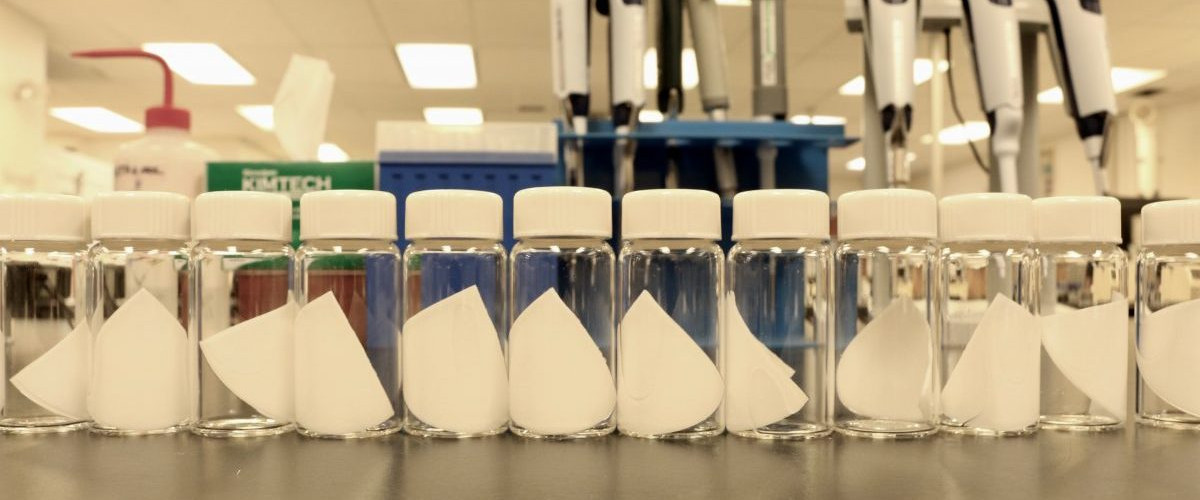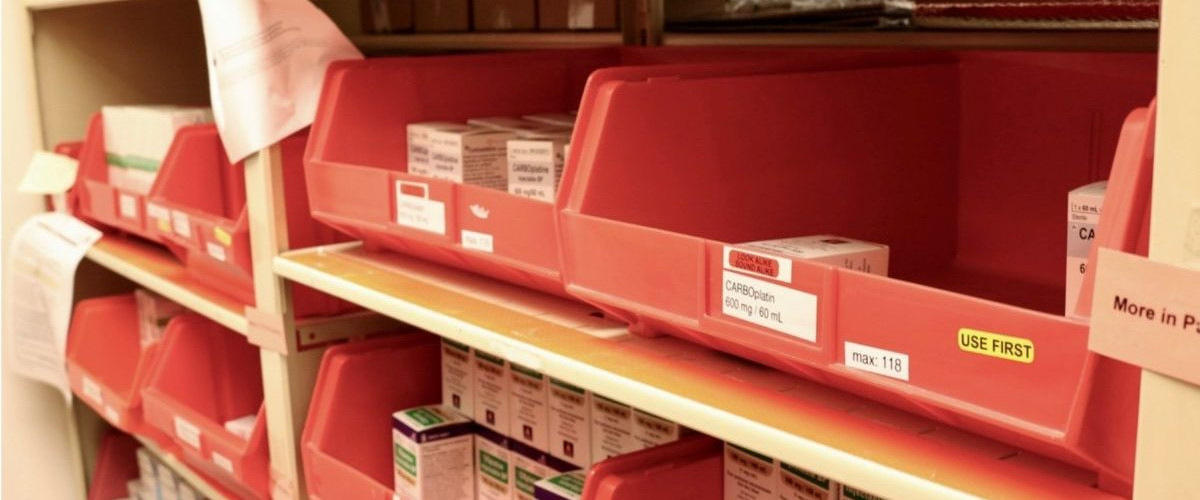The Occupational Hygiene Research (OHR) group at the School of Population and Public Health, UBC, is dedicated to studying and mitigating health risks associated with workplace exposures. Our research focuses on identifying, assessing, and controlling environmental hazards in occupational settings, ensuring the well-being of workers across various industries.
Research Priorities
- Hazardous Drug Exposure: Investigating contamination levels and decontamination methods in healthcare, veterinary and community settings.
- Illicit Drug Exposure Assessment: Developing techniques for the detection and monitoring of workplace contamination by illicit drugs.
- Understanding Ototoxicity Hazard: Epidemiological approaches to understanding the risk posed by ototoxic chemical exposures in BC
- Whole Body Vibration: Reducing risk of WBV exposure through improved seat suspension design


